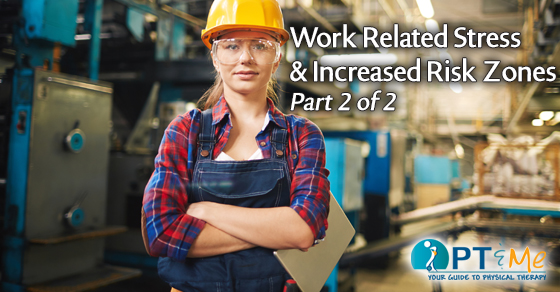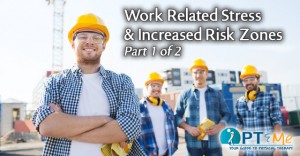THE SOLUTIONS
• Alternate Heavy Tasks with Light Tasks
• Develop Lifting, Carrying and Push / Pull Guidelines within limits and set up Lift Teams if necessary
• Provide variety in jobs to eliminate or reduce repetition (i.e., overuse of the same muscle groups)
• Adjust work schedules, work pace, or work practices
• Provide recovery time (e.g., short rest breaks)
• Modify work practices so that workers perform work within their power zone (i.e., above the knees, below the shoulders, and close to the body)
• Modify work environment to minimize work related stress (e.g., seating, lighting, workstation, process flow, angle of access to loads)
• Rotate workers through jobs that use different muscles, body parts, or postures (Administrative improvements, such as job rotation, can help reduce workers’ exposures to risk factors by limiting the amount of time workers spend on “problem jobs.”)
• Provide hands-on practice when new tools, equipment, or procedures are introduced to the workforce (review counter balancing of tools and take advantage of gravity flow in product movement)
• Use several types of visual aids (e.g., pictures, charts, videos of actual tasks in your workplace and the “right way to perform tasks”)
• Hold small-group discussions and problem-solving sessions
• Give workers ample opportunity for questions
• Industrial Athlete directed Exercises and Stretches (make them specific to those areas under most stress perform at beginning of day, when leaving for lunch and end of day)
• Ensure proper protective equipment (PPE) is available and used properly
• Research ergonomic assistive aids to accommodate heavier load lifting and movement
• Review packaging of items and research if handles or alternative coupling can be incorporated
• Review exposure to heat and cold extremes and take necessary precautions
• Minimize exposure to vibration (this can be done through tool selection, gloves, or limiting your time of exposure)
• Posture (change or modify your body position periodically throughout the day to relieve stress)
Part one of our Work Related Stress & Increased Risk Zones can be found here
Sources:
1) American Industrial Hygiene Association (AIHA)
2) Human Factors and Ergonomics Society (HFES)
3) National Institute for Occupational Safety & Health (NIOSH)


